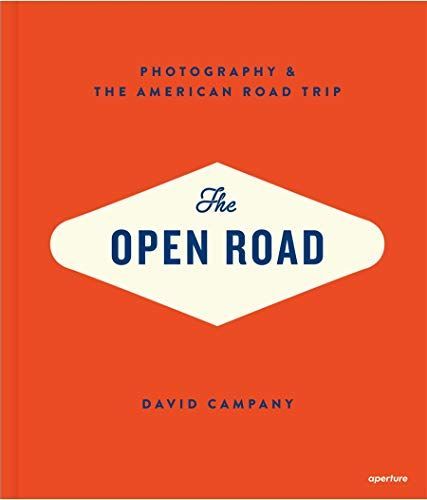
The Open Road Photography and the American Road Trip
After the end of World War II, the American road trip began appearing prominently in literature, music, movies, and photography. Many photographers embarked on trips across the U.S. in order to create work, including Robert Frank, whose seminal 1955 road trip resulted in The Americans. However, he was preceded by Edward Weston, who traveled across the country taking pictures to illustrate Walt Whitmans Leaves of Grass; Henri Cartier-Bresson, whose 1947 trip through the American South and into the West was published in the early 1950s in Harpers Bazaar; and Ed Ruscha, whose road trips between Los Angeles and Oklahoma later became Twentysix Gasoline Stations. Hundreds of photographers have continued the tradition of the photographic road trip on down to the present, from Stephen Shore to Taiyo Onorato and Nico Krebs. The Open Road considers the photographic road trip as a genre in and of itself, and presents the story of photographers for whom the American road is muse. The book features David Campanys introduction to the genre and eighteen chapters presented chronologically, each exploring one American road trip in depth through a portfolio of images and informative texts, highlighting some of the most important bodies of work made on the road from The Americans to present day.